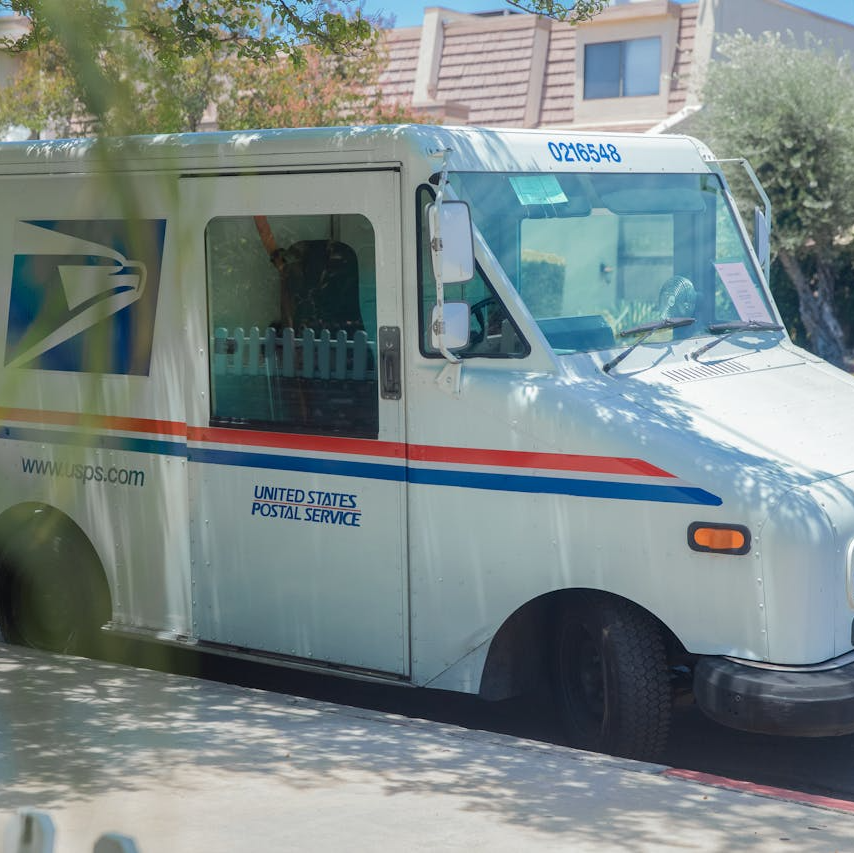Key Takeaways
-
Coordinating Medicare Part D and PSHB prescription benefits can help you reduce your out-of-pocket drug costs and maximize your health coverage.
-
Understanding how these two programs overlap ensures that you avoid overpaying for medications and take full advantage of the benefits available to you.
The Basics of Medicare Part D and PSHB Prescription Benefits
If you’re enrolled in the Postal Service Health Benefits (PSHB) program and eligible for Medicare, you might be wondering how to balance these two programs to get the most out of your prescription drug coverage. Both programs offer valuable benefits, but they work differently, so understanding their structures is essential.
Medicare Part D, the prescription drug component of Medicare, covers medications at pharmacies and mail-order services. Meanwhile, the PSHB program, newly tailored for postal employees and retirees, often includes integrated prescription benefits through its health plans. While they may seem similar, each program has unique cost-sharing rules, formularies, and coverage phases.
How Medicare Part D Prescription Drug Coverage Works
Medicare Part D consists of three main phases:
-
Deductible Phase: You pay the full cost of your medications until you reach the annual deductible, which is $590 in 2025.
-
Initial Coverage Phase: After meeting the deductible, you pay a percentage of drug costs while your plan covers the rest.
-
Catastrophic Coverage Phase: Once your out-of-pocket drug costs hit $2,000 in 2025, you enter catastrophic coverage, where your plan covers all additional drug costs for the year.
These phases reset annually, and it’s crucial to track your spending to know which phase you’re in. While Part D focuses solely on prescription drugs, PSHB plans often bundle prescription benefits with medical and other healthcare services.
What PSHB Plans Offer for Prescription Coverage
PSHB plans include prescription drug benefits, which often integrate with Medicare Part D for those who are eligible. These plans typically provide coverage for both generic and brand-name drugs and may offer lower copayments for medications if you’re enrolled in Medicare Part B.
Key features of PSHB prescription benefits include:
-
Wide Formulary Access: Most PSHB plans cover a broad range of medications, from maintenance drugs for chronic conditions to specialty drugs for more complex health needs.
-
Pharmacy Networks: You have access to in-network pharmacies for lower costs, and many plans offer mail-order options for convenience.
-
Cost-Sharing Options: PSHB plans may reduce or waive certain deductibles, copayments, or coinsurance if you’re enrolled in Medicare.
Where Medicare Part D and PSHB Overlap
When you’re eligible for both programs, the way your coverage coordinates depends on your enrollment choices. Medicare-eligible annuitants who enroll in both Part D and a PSHB plan may automatically receive prescription drug coverage through a Medicare Part D Employer Group Waiver Plan (EGWP) integrated into the PSHB plan.
In this scenario:
-
Primary vs. Secondary Payer: Medicare usually pays first for covered prescription drugs, and your PSHB plan covers any remaining costs, depending on its terms.
-
Cost Savings: You may benefit from lower copayments and coinsurance amounts for prescriptions, as Medicare and PSHB share the costs.
-
Out-of-Pocket Cap: With the $2,000 annual out-of-pocket drug cost cap under Part D in 2025, you gain additional financial protection.
Key Considerations for Balancing Both Programs
If you’re navigating these two systems, it’s essential to evaluate your specific needs and compare what each program offers. Here are some factors to consider:
1. Check the Formulary
Both Medicare Part D and PSHB plans have a list of covered medications (formulary). Compare the two to ensure your prescriptions are included. Some drugs may be covered under one program but excluded from the other.
2. Evaluate Cost-Sharing Rules
Look at how deductibles, copayments, and coinsurance apply. With Medicare Part D’s $2,000 cap on out-of-pocket drug costs, many high-cost medications become more affordable. However, your PSHB plan may waive certain costs, reducing your overall financial burden even further.
3. Leverage Medicare Part B Integration
PSHB plans often waive deductibles and lower cost-sharing for prescription drugs when combined with Medicare Part B. Check whether this integration applies to your medications, especially if you take expensive or specialty drugs.
4. Use Mail-Order Services
Both Medicare Part D and PSHB plans offer mail-order options, which can save money on long-term prescriptions. Evaluate whether your medications are cheaper through one program’s mail-order service or the other.
5. Monitor Annual Spending
Track your out-of-pocket spending throughout the year. Once you reach $2,000 in Part D expenses, catastrophic coverage kicks in, and your PSHB plan may cover additional costs, leaving you with minimal or no further expenses for prescriptions.
Tips to Optimize Your Prescription Coverage
Navigating the intricacies of Medicare and PSHB can be overwhelming, but a few strategic steps can help you optimize your benefits:
-
Compare Plans Annually: Medicare Part D and PSHB plans often update their formularies, premiums, and cost-sharing structures each year. Review both plans during Open Season to ensure you’re getting the best value.
-
Review the Annual Notice of Change (ANOC): Your PSHB plan will send an ANOC each fall, detailing changes in coverage, costs, and formularies for the upcoming year. Use this information to adjust your coverage if necessary.
-
Ask About Premium Reimbursements: Some PSHB plans offer partial reimbursements for Medicare Part B premiums, which can offset overall healthcare costs.
-
Stay In-Network: To maximize savings, use in-network pharmacies and mail-order services offered by your PSHB plan or Medicare Part D provider.
-
Seek Guidance: If you’re unsure how to coordinate these benefits, consult with a health benefits advisor or customer service representative for assistance.
Avoiding Common Pitfalls
Balancing Medicare Part D and PSHB benefits can be tricky, so avoid these common mistakes:
-
Failing to Enroll in Medicare Part D: Even if your PSHB plan provides comprehensive drug coverage, enrolling in Part D ensures you benefit from the $2,000 out-of-pocket cap.
-
Overlooking Enrollment Deadlines: Missing Medicare Part D or PSHB Open Season deadlines can leave you without adequate coverage or subject to late enrollment penalties.
-
Ignoring Formularies: Assuming your prescriptions are covered under both plans without checking can result in unexpected out-of-pocket costs.
Understanding Enrollment Deadlines
Enrollment in Medicare and PSHB follows specific timelines, so mark your calendar to stay on track:
-
Medicare Initial Enrollment Period (IEP): Enroll in Medicare Part D during the seven-month window around your 65th birthday.
-
Medicare Open Enrollment: From October 15 to December 7, you can switch Medicare Part D plans or add new coverage for the upcoming year.
-
PSHB Open Season: The PSHB Open Season for 2025 ran from November 11 to December 13, allowing you to adjust your plan or coverage.
Making the Most of Integrated Coverage
When Medicare Part D and PSHB work together, you benefit from greater financial protection and comprehensive drug coverage. Whether it’s the annual out-of-pocket cap, waived deductibles, or coordinated cost-sharing, these programs are designed to complement each other.
Keep in mind that your healthcare needs may evolve, and it’s essential to reassess your coverage annually. By doing so, you can ensure that you’re making informed decisions that align with your budget and health priorities.
Preparing for Future Changes
As healthcare policies and program details evolve, it’s crucial to stay informed. In 2025, the introduction of the $2,000 out-of-pocket cap in Medicare Part D is a significant milestone, offering relief to those with high medication costs. Similarly, PSHB plans may continue to adapt their benefits to better serve postal workers and retirees.
By keeping an eye on these developments and planning ahead, you can navigate these programs with confidence and maximize the value of your prescription benefits.
Getting the Best Prescription Coverage for Your Needs
Balancing Medicare Part D and PSHB prescription benefits takes some effort, but the rewards are worth it. With the right strategy, you can minimize costs, enhance your coverage, and ensure your prescriptions are always within reach. Take the time to review your options, compare plans, and stay proactive in managing your healthcare.










